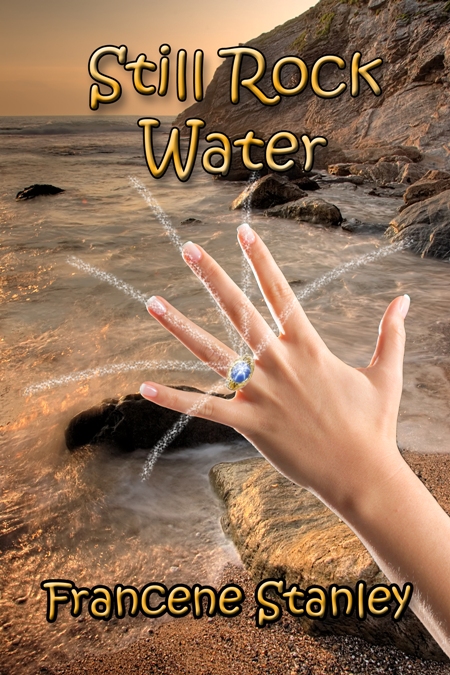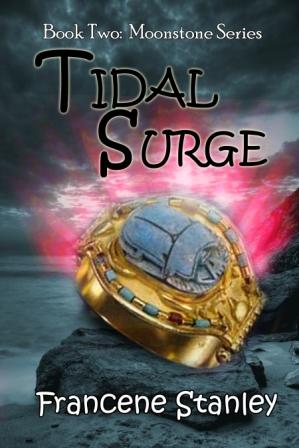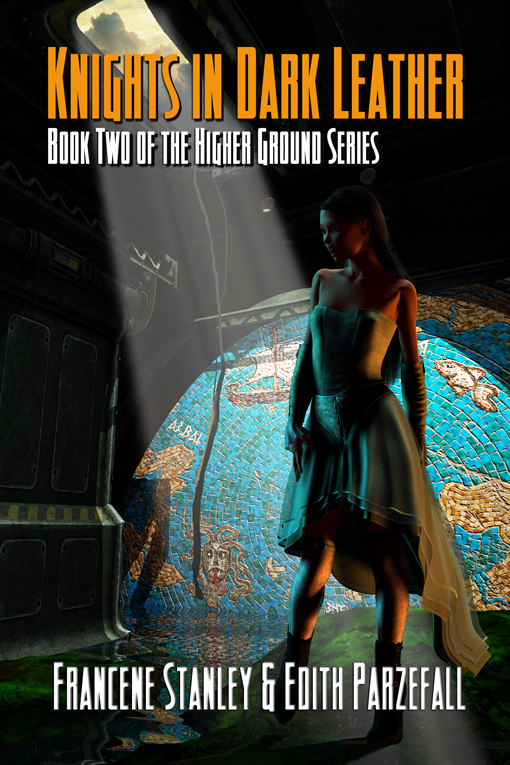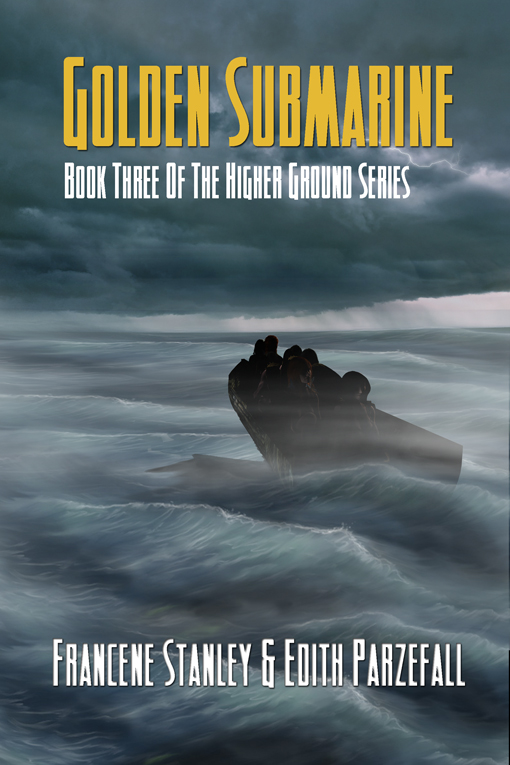With a writing partner, I've written books set in post-apocalyptic Britain, where the characters find the occasional artifact and try to work out what purpose it served. You can find them at the bottom of the page. Back to historical research, rather than fiction.
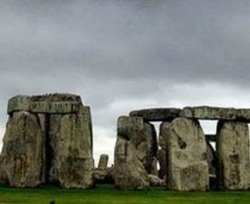
The latest findings, which came after a decade of research, suggested the act of building the monument rather than its purpose was significant. The researchers believed as many as 4,000 people gathered at the site, at a time when Britain's population was only tens of thousands.
The academics suggested that Stonehenge was built about 200 years earlier than previously thought, some 4,500 years ago.
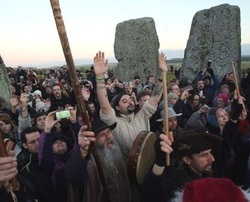
Close by, Archaeologists have excavated the outlines of houses on the floors of box beds and wooden dressers or cupboards. The Sheffield University researcher said this was based on the fact that these abodes had exactly the same layout as Neolithic houses at Skara Brae, Orkney, which have survived intact because—unlike these dwellings—they were made of stone.
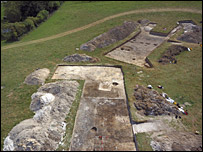
A prototype Neolithic house will be erected at Old Sarum in early 2013 close to Stonehenge. Using authentic materials, the prehistoric homes will be based on those excavated at Durrington Walls. The contractor will be working with volunteers, using Neolithic building techniques and materials which hopefully will have been collected from the local area.
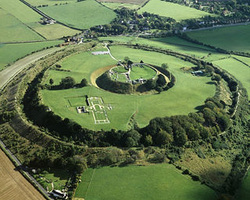
Later that day, my husband and I strolled around Old Sarum and learned the history of the old fort. The mighty Iron Age hill fort was where the first Salisbury cathedral once stood and the Romans, Normans and Saxons have all left their mark. I highly recommend the novel Sarum by Edward Rutherfurd. A masterpiece that is breathtaking in its scope, SARUM in epic novel that traces the entire turbulent course of English history. This rich tapesty weaves a compelling saga of five families who preserve their own particular characteristics over the centuries, and offer a fascinating glimpse into the future.

 RSS Feed
RSS Feed
